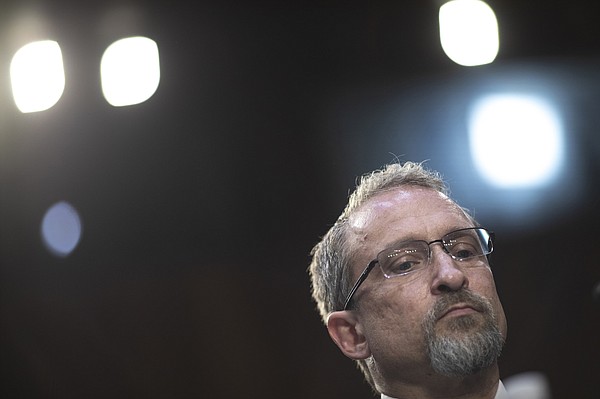New Zealand unveils defense strategy documents. Here’s what they say.
WELLINGTON, New Zealand — New Zealand has released three defense and national security documents outlining prevailing challenges, principals for its military and ways to improve the force.
Defence Minister Andrew Little on Aug. 4 presented to lawmakers a 36-page “Defence Policy and Strategy Statement,” a 12-page “Future Force Design Principles” document and an inaugural 44-page “National Security Strategy.”
“A year ago we commissioned the Defence Policy Review, to provide a roadmap for the future of Defence as part of the national security of New Zealand, and to do so in the context of the rapidly changing conditions we see around us,” Little said, per a transcript of a speech in which he introduced the documents. “One of the first actions [Prime Minister] Chris Hipkins government took was to speed up work on that review.”
Overall, the documents outline challenges and pressures; introduce “sliding principles” and four underlying assumptions; and conclude that, in the mid- to long-term period, investment in the military is needed to “continue to protect and promote New Zealand’s interests.”
Threats
“In 2023 we do not live in a benign strategic environment,” Little said. “New Zealand is facing more geostrategic challenges than we have had in decades — climate change, terrorism, cyberattacks, transnational crime, mis and disinformation, and competition in our region which, up until recently, we thought was protected by its remoteness.”
Those challenges appear to have overtaken expectations, with the government writing that the military “is designed for a relatively benign strategic environment, and not the challenges of increased strategic competition and the adverse effects of climate change that the Defence Policy and Strategy Statement 2023 identifies. As a result, it is not in a fit state to respond to future challenges.”
“A rough sea can still be navigated,” the government wrote, and “even in difficult times we can act to find our way through.”
But it’s unclear how that could be the case, given the “Defence Policy and Strategy Statement” acknowledges it “does not in itself address capability investment questions or require…


